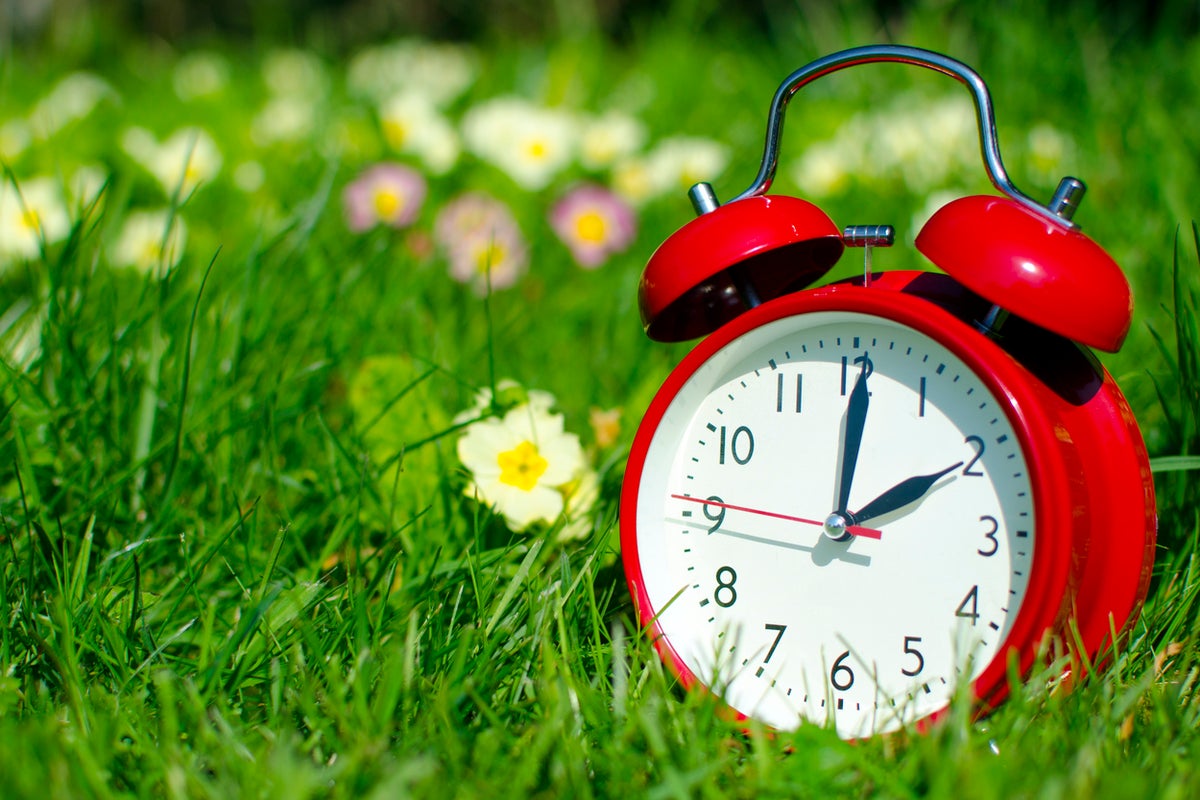This website uses cookies so that we can provide you with the best user experience possible. Cookie information is stored in your browser and performs functions such as recognising you when you return to our website and helping our team to understand which sections of the website you find most interesting and useful.

Your support helps us to tell the story
From reproductive rights to climate change to Big Tech, The Independent is on the ground when the story is developing. Whether it's investigating the financials of Elon Musk's pro-Trump PAC or producing our latest documentary, 'The A Word', which shines a light on the American women fighting for reproductive rights, we know how important it is to parse out the facts from the messaging.
At such a critical moment in US history, we need reporters on the ground. Your donation allows us to keep sending journalists to speak to both sides of the story.
The Independent is trusted by Americans across the entire political spectrum. And unlike many other quality news outlets, we choose not to lock Americans out of our reporting and analysis with paywalls. We believe quality journalism should be available to everyone, paid for by those who can afford it.
Your support makes all the difference.
As the warmer months draw near, many U.S. citizens will also see more hours of daylight in the evening — due to the start of daylight saving time (DST).
Daylight saving time is the practice of setting the clock forward an hour each spring, beginning on the second Sunday in March and ending on the first Sunday in November.
This year, daylight saving time starts on Sunday, March 9 — when most people in the U.S. will get an lose hour of sleep.
When does DST begin and end?
In the U.S., daylight saving time begins on the second Sunday of March, which will fall on March 9, 2025. At 2 a.m. local time, the clocks will be set forward by an hour for most U.S. citizens.
On November 2, 2025, daylight saving time will end at 2 a.m. local time when we “fall back” and gain an extra hour of sleep. It will occur again next year on Sunday, March 8, 2026.
Who follows DST?
In the United States, most states adhere to the rules of daylight saving time, with the exception of Arizona, the Navajo Indian Reservation, and Hawaii, according to the National Institutes of Standard and Technology (NIST).
The territories of American Samoa, Guam, the Northern Mariana Islands, Puerto Rico, and the U.S. Virgin Islands also do not follow the practice.
Why do we follow DST?
The idea for daylight saving time was reportedly first proposed by Benjamin Franklin in 1784. However, it did not become implemented until 1966 when the Uniform Time Act was created, according to the U.S. Department of Transportation.
Although there were previous periods where the U.S. followed daylight saving including during World War II, when President Roosevelt instituted year-round daylight saving called “War Time” — the Uniform Time Act mandated that all states follow a time as decided under the four main time zones and follow DST, unless the entire state agreed to be exempt. The Uniform Time Act also meant that all states would implement the time change at the same time.
In later years, the Department of Transportation hypothesized that daylight saving could positively impact violent crime rates, traffic safety, and energy conservation. However, a subsequent report found that there were minimal changes when DST was implemented.
The daylight saving time the United States follows now wasn’t implemented until 2007, when it was decided it would begin on the second Sunday of March and end on the first Sunday of November. The annual practice previously took place from the last Sunday of April to the last Sunday of October.
DST is now followed for 238 days of the year.
How does DST affect our health?
Daylight saving time can result in significant changes to our sleeping patterns. When we “spring forward” in March, we lose an hour of sleep. According to the Sleep Foundation, the average person receives 40 minutes less sleep on the Monday after daylight saving time. Sleep deprivation is already an ongoing problem in the U.S., with one in three adults sleeping less than the recommended seven-plus hours nightly, per the AP.
The American Heart Association also reported an increase in heart attacks and strokes in the days following the hour change.
Sunlight is another important factor that influences our circadian rhythm — the body’s natural 24-hour cycle that regulates alertness and sleepiness, typically in response to light changes in our environment. While some Americans may receive an extra hour of morning sunlight when we “fall back” in November, this also means earlier sunsets and darker skies by the time we leave work.
During this time, many people have been known to experience seasonal affective disorder (SAD), a type of depression usually linked to the shorter days and less sunlight of fall and winter. Symptoms of SAD may include fatigue and decreased energy; feelings of irritability, frustration, or restlessness; loss of interest or pleasure in hobbies and activities; and changes in sleep, appetite, or unplanned weight changes.
The National Institute of Mental Health recommends a combination of light therapy, vitamin D supplements, antidepressants, or talk therapy as treatments for SAD.
Do you have to manually switch your clocks?
Most clocks will update the time on their own. However, certain appliance clocks may require the time to be updated manually.
Some clocks may also have a DST on/off function that needs to be switched on to change the time.
Why do some Americans call for an end to DST?
In recent years, the practice of daylight saving time has become increasingly unpopular, with multiple states proposing bills to end the practice of switching clocks. In March 2022, the Senate passed The Sunshine Protection Act, which would make U.S. daylight saving time permanent. The bill was introduced in the House in March 2023, though it has yet to be passed.
Proposals for New England states such as Connecticut, New Hampshire, Rhode Island, and Massachusetts to move into Atlantic Standard Time, getting rid of DST, have been introduced in the last couple of years.
Since before his inauguration this January, President Donald Trump has made it clear he’s not a fan of DST. “The Republican Party will use its best efforts to eliminate daylight saving time, which has a small but strong constituency, but shouldn’t! Daylight Saving Time is inconvenient, and very costly to our Nation,” he wrote in a December post on Truth Social.



 Africana55 Radio
Africana55 Radio 
